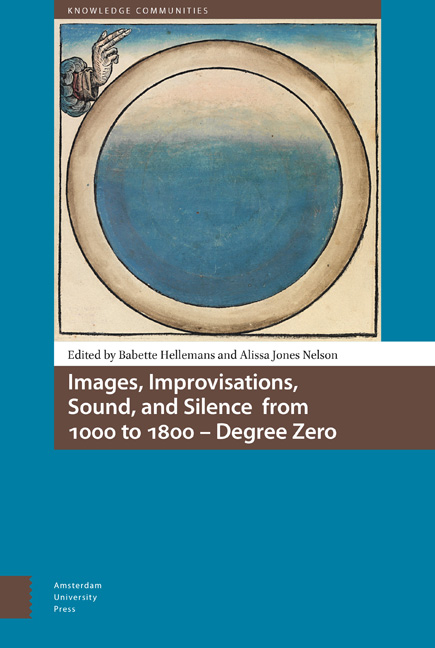2 - The Three Ages of Man and the Materialization of an Allegory: Inquiries on an Object at the Threshold of Modernity
Summary
Abstract
This chapter focuses on a three-sided triciput (Venice, c. 1575) depicting three male heads of different ages. It contextualizes the triciput and seeks to show that this depiction of the ages of man materializes the division of life into the active phases of active men; the political role played by the ages-of-man models in the context of classical discourses on aging appears to have been adapted by the humanist circles in Northern Italy. Later, the depiction of the three ages of man served as a reflection upon time. Perhaps this object was a crown, originating from the helmet decoration of the Venetian Trevisan-Cappello family, which laid claim to the attribute of wisdom through its depiction of the ages of man in a humanist context.
Keywords: ages of man, humanism, Venice, time, triad, sculpture
The subject of this chapter is a triciput, a three-sided male head, which is located in the Bavarian National Museum in Munich (see Figure 1). This sculpture depicts three male heads, the backs and napes of which are turned towards each other, causing the three faces to look in different directions. The heads are connected at their crowns by a large biretta – at that time, a cap worn by scholars – which culminates in a small, spherical knob at the peak; at the bottom of the sculpture, the necks transition into a round, richly ornamented plate, which from below looks like a flower with twelve evenly spaced petals. It is a fire-gilded sculpture, hollow on the inside, 14.9 centimetres in height and 10.3 centimetres in diameter. The faces can easily be distinguished according to age: an oval, even face with smooth, flawless skin; a neatly trimmed moustache, running in a straight line up to the middle of the cheek; and opulent tresses characterize the youngest man. The middle-aged man is very different: his eyes are set in deep sockets; his cheekbones and the frontal eminence of his forehead jut out noticeably; and his face is framed by a thick beard, which barely extends beyond his chin and causes his face to look elongated. Finally, the third and oldest man is characterized by a distinctive, wrinkled face: the wrinkles appear clearly on the bridge of his nose and forehead; there are visible bags under his eyes; his cheekbones are high; and his sunken cheeks are concealed by a beard.
Information
- Type
- Chapter
- Information
- Publisher: Amsterdam University PressPrint publication year: 2018
